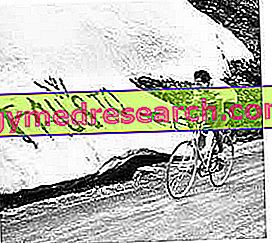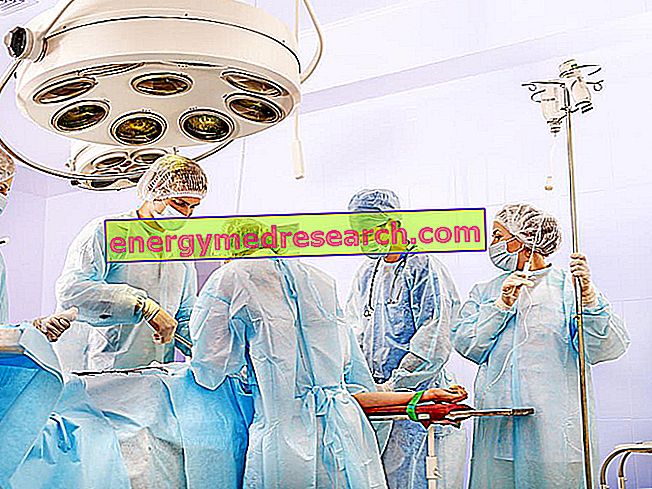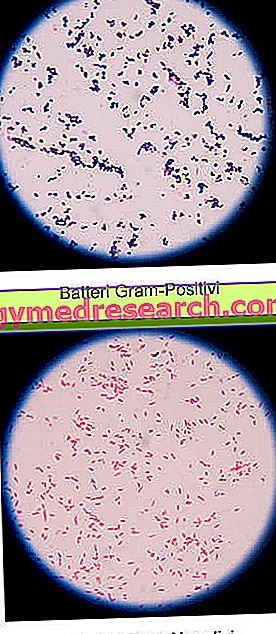By Dr. Alessio Capobianco
Although it seems difficult to think that an athlete, in spite of his physical form, the correct habits of life and the numerous medical checks to which he is subjected, may be particularly exposed to infections in general and to the flu epidemic in particular, today we know that there is a precise moment in the athlete's life during which the immune system is in a position where it cannot guarantee an adequate response to pathogens.

We therefore witness a generalized decline in the activity of the immune system in the post-exercise phase; this phenomenon, defined as " open window ", is detectable in various conditions of physical stress, such as exercise, surgery, burns, trauma, acute myocardial infarction and severe infections.
During the "open window" phase the subject is in a situation of particular risk of infections.
For an athlete it is easy to imagine how this condition corresponds to a time when the possibility of contact with pathogens is particularly high: immediately after a race, in fact, the embrace of the fans, the stay in the locker room together with other people, the water vapor of the showers, the air conditioning of the rooms or of the means of transport, represent an optimal vehicle through which potentially infectious agents can be contracted.
The "open window" phase has an extremely variable duration both in the subject and in the population; it stands at times ranging from 3 to 72 hours, depending on the subject's basal immune level and results in a high risk of infections during intensive training or during the two weeks following sporting events of particular athletic commitment.
There are also several contributing factors that contribute to raising the athlete's susceptibility to infections: the high respiratory rates, the consequent dryness of the oral mucosa and the increase in the viscosity of the mucus, involve a reduced clearance at the nasal and tracheal level; dietary factors and insufficient intake of essential nutritional components (glutamine, arginine, L-carnitine, essential fatty acids, vitamin B6, folic acid, vitamin E) can reduce lymphocyte mobilization.
Muscle microtraumas, even if at an early stage lead to the expression of C-reactive protein and other factors that stimulate immune functions, then involve a leukocyte seizure at the site of the trauma itself and the release of free radicals.
Trauma issues should not be underestimated, as their impact on the immune system can be significant; moreover, the desire to resume physical activity as soon as possible or, in the case of the professional athlete, the need to honor pressing competitive commitments and contracts stipulated by demanding sponsors, induces to try the road of a rapid rehabilitation and a return to healing activity not yet completed.
Considering the athletes in their entirety, it was possible to notice that after an injury 35% of the athletes abandoned the rehabilitation procedure after a few sessions, 50% of the injured athletes suspended physiotherapy at the disappearance of the symptoms and only 15% had had a professional relationship with the therapeutic-rehabilitative process.
It is obvious that in these conditions the traumatic events can be underestimated and that the athlete resumes the activity while part of his leukocytes are diverted towards the site of the lesion, therefore unavailable for a complete immune function.
It has also been observed that a high blood concentration of catecholamines, adrenaline and noradrenaline, corresponds to the phases of greater lymphocyte activation, while the phase after exercise, frankly cortisol, corresponds to the reduction of lymphocyte concentration.
Since the secretion of endogenous cortisol is influenced by circadian rhythms, in the same subject, the impact of the post-physical stress cortisol phase on the "open window" may vary depending on the different hours of the day.
This shows that there is a link between psychological stress, the endocrine system, the nervous system and the immune system.
It is interesting to note that both light intensity and duration exercise, and more intense and prolonged exercises are able to activate lymphocytes in the blood, but only prolonged efforts (> 1 hour) and / or high intensity (> 70 % VO2 max) produce post-exercise immunosuppression.
For this reason the risk of infections, especially of the upper airways, varies greatly depending on physical activity, being minimal in conjunction with moderate and higher physical activity in sedentary subjects or those subjected to intense activity.
Infection prevention "



